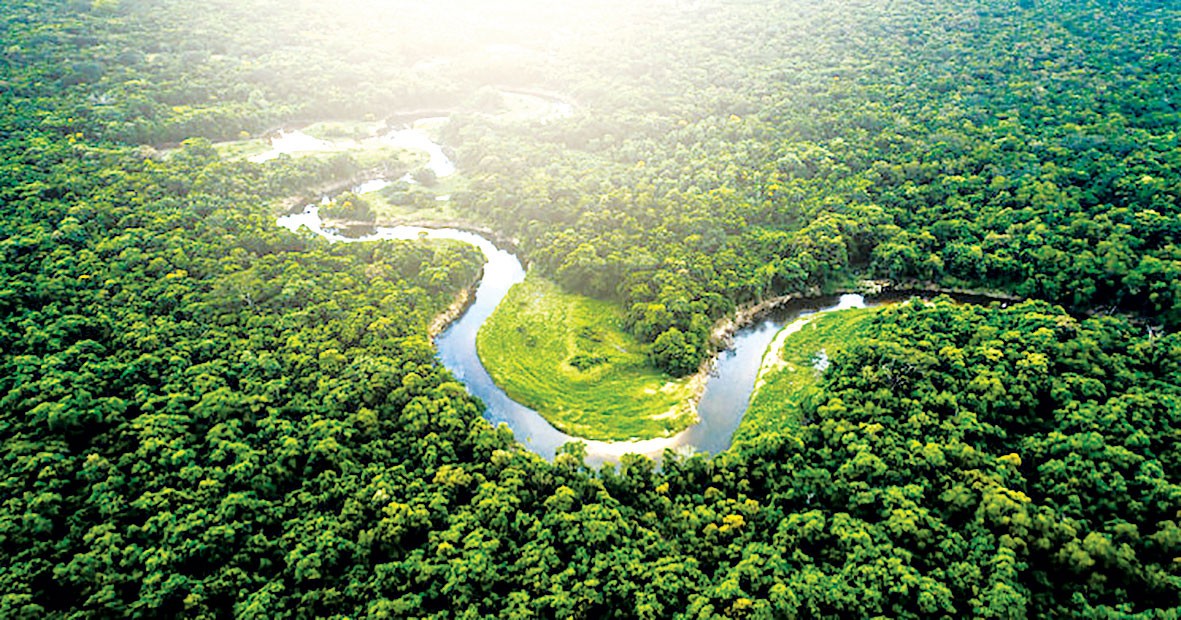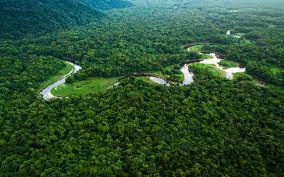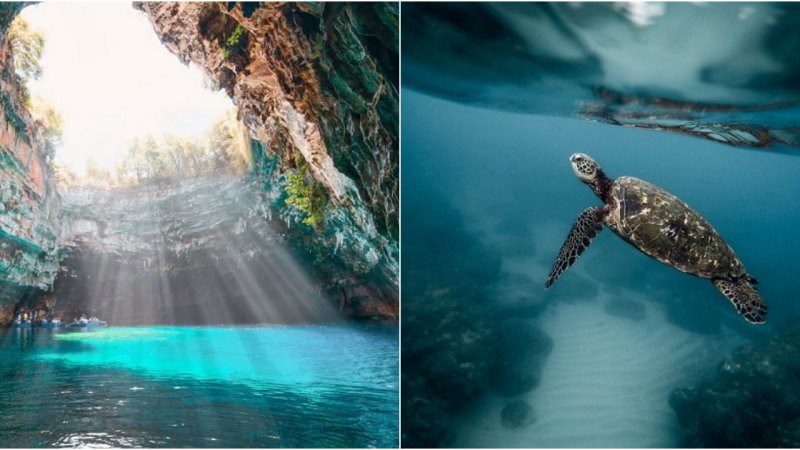The Amazon Rainforest: A Tropical Paradise of South America
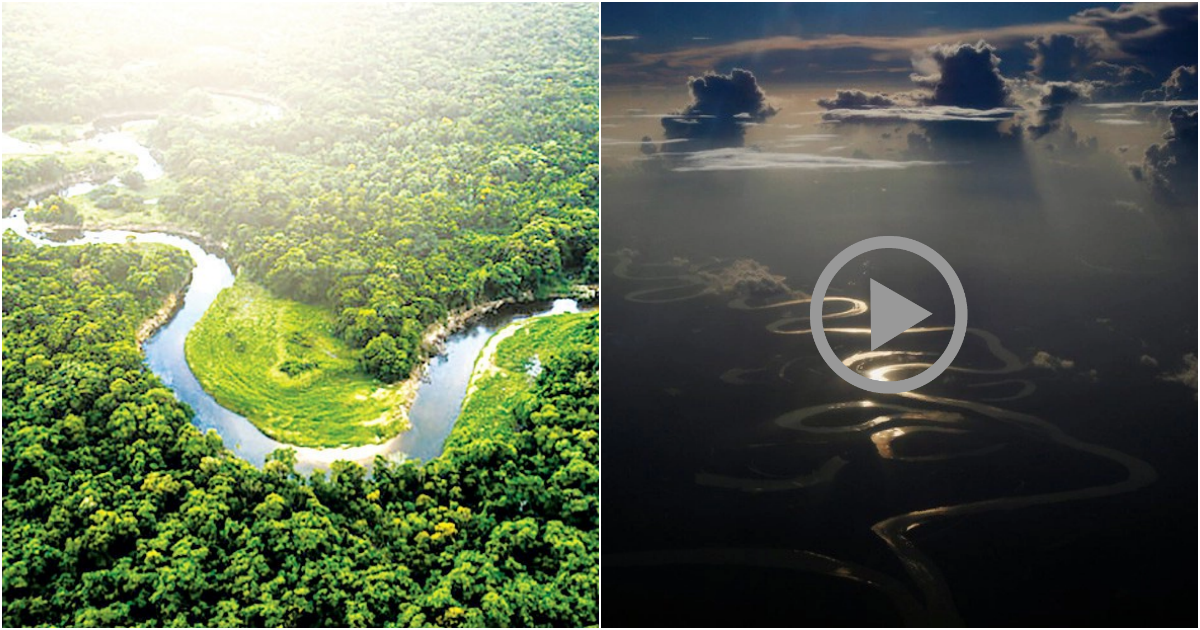
The Amazon Rainforest, located in South America, is a mesmerizing ecosystem that captivates the imagination of nature enthusiasts worldwide. With its vast expanse and unparalleled biodiversity, this tropical paradise is truly a treasure trove of unique flora and fauna. In this article, we will explore the wonders of the Amazon Rainforest, delving into its diverse ecosystem, environmental significance, and the ongoing challenges it faces.

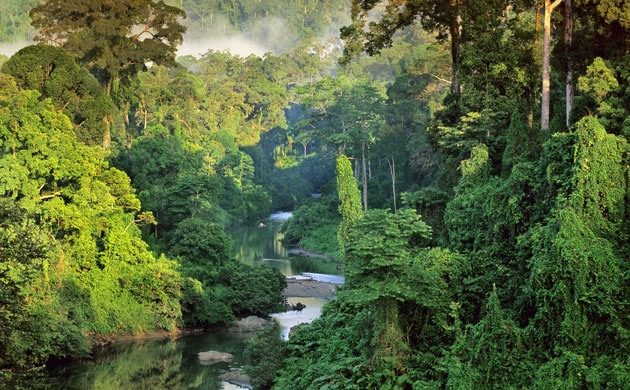 The Amazon Rainforest is unparalleled in terms of its biodiversity. It is home to more than 30,000 plant species, ranging from towering canopy trees to delicate orchids. This lush habitat also shelters an estimated 2.5 million insect species, thousands of bird species, and a vast array of mammals, reptiles, and amphibians. From jaguars and anacondas to vibrant macaws and pink river dolphins, the Amazon Rainforest teems with life at every turn.
The Amazon Rainforest is unparalleled in terms of its biodiversity. It is home to more than 30,000 plant species, ranging from towering canopy trees to delicate orchids. This lush habitat also shelters an estimated 2.5 million insect species, thousands of bird species, and a vast array of mammals, reptiles, and amphibians. From jaguars and anacondas to vibrant macaws and pink river dolphins, the Amazon Rainforest teems with life at every turn. 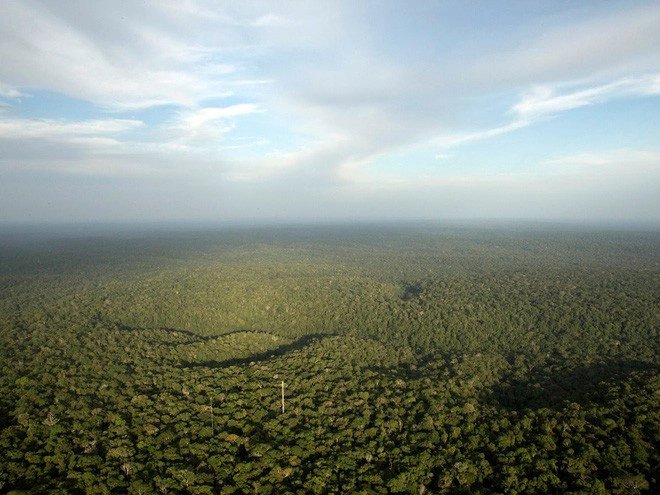 The Amazon Rainforest plays a crucial role in maintaining global climate stability. Its dense vegetation acts as a carbon sink, absorbing vast amounts of carbon dioxide and releasing oxygen into the atmosphere. The forest also regulates rainfall patterns, helping to sustain local and regional water cycles. Furthermore, the Amazon River, which runs through the heart of the rainforest, is the largest river in the world by volume, providing a vital source of freshwater and supporting countless communities.
The Amazon Rainforest plays a crucial role in maintaining global climate stability. Its dense vegetation acts as a carbon sink, absorbing vast amounts of carbon dioxide and releasing oxygen into the atmosphere. The forest also regulates rainfall patterns, helping to sustain local and regional water cycles. Furthermore, the Amazon River, which runs through the heart of the rainforest, is the largest river in the world by volume, providing a vital source of freshwater and supporting countless communities.  Despite its ecological significance, the Amazon Rainforest faces numerous threats. Deforestation, driven primarily by commercial agriculture, mining, and logging, poses a severe risk to its delicate balance. This destruction not only leads to the loss of countless plant and animal species but also disrupts global climate patterns. However, there are ongoing conservation efforts, both by local communities and international organizations, to protect and preserve this invaluable ecosystem. Initiatives such as sustainable forestry practices, protected areas, and reforestation projects aim to mitigate the threats and safeguard the Amazon’s future.
Despite its ecological significance, the Amazon Rainforest faces numerous threats. Deforestation, driven primarily by commercial agriculture, mining, and logging, poses a severe risk to its delicate balance. This destruction not only leads to the loss of countless plant and animal species but also disrupts global climate patterns. However, there are ongoing conservation efforts, both by local communities and international organizations, to protect and preserve this invaluable ecosystem. Initiatives such as sustainable forestry practices, protected areas, and reforestation projects aim to mitigate the threats and safeguard the Amazon’s future. 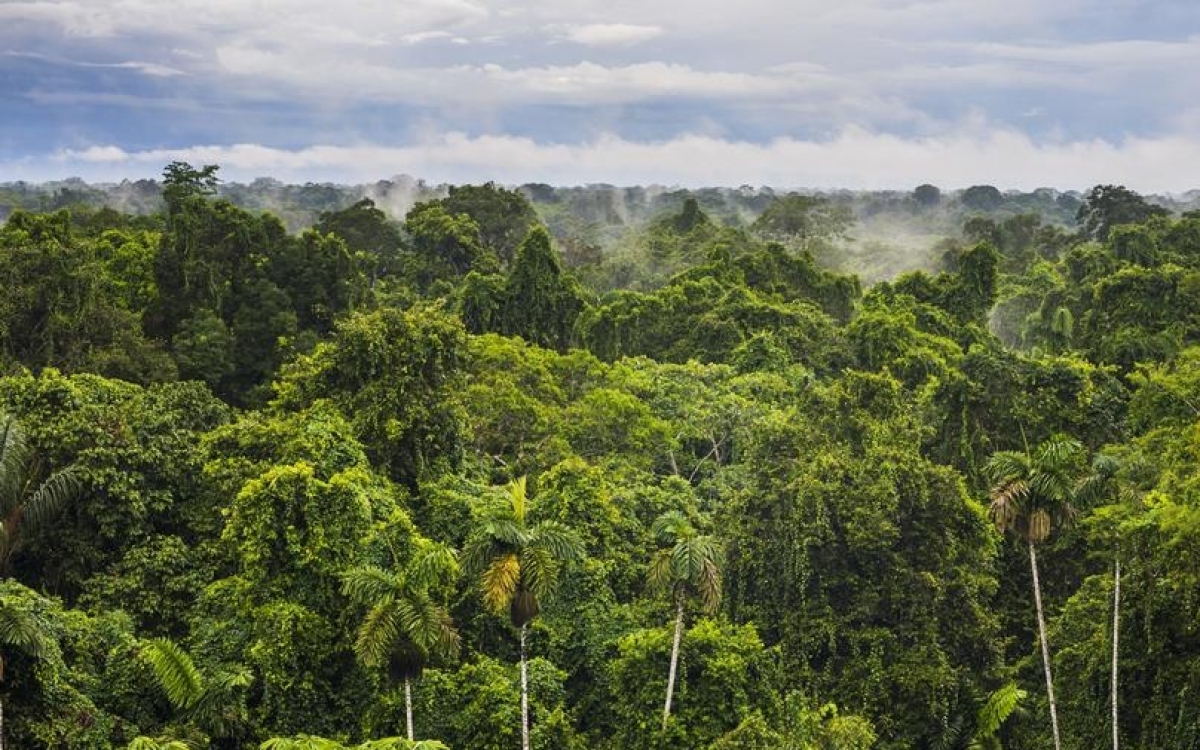 The Amazon Rainforest stands as a testament to the wonders of nature, with its breathtaking beauty and unparalleled biodiversity. Its significance reaches far beyond its borders, playing a vital role in maintaining the balance of our planet’s climate. However, the challenges it faces underscore the need for collective action to preserve this natural treasure. By raising awareness, supporting sustainable practices, and valuing the irreplaceable riches of the Amazon Rainforest, we can ensure that future generations continue to be awed by its magnificence.
The Amazon Rainforest stands as a testament to the wonders of nature, with its breathtaking beauty and unparalleled biodiversity. Its significance reaches far beyond its borders, playing a vital role in maintaining the balance of our planet’s climate. However, the challenges it faces underscore the need for collective action to preserve this natural treasure. By raising awareness, supporting sustainable practices, and valuing the irreplaceable riches of the Amazon Rainforest, we can ensure that future generations continue to be awed by its magnificence. 